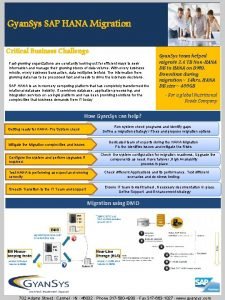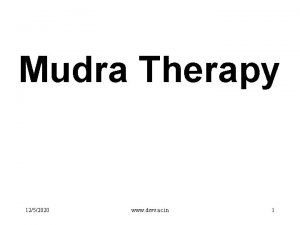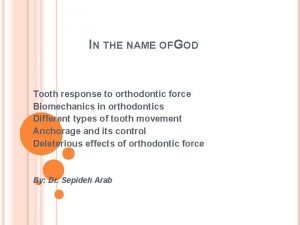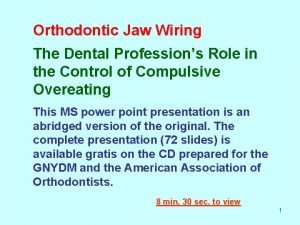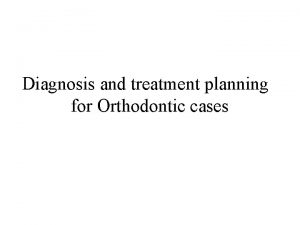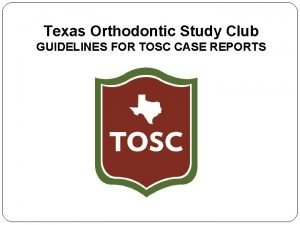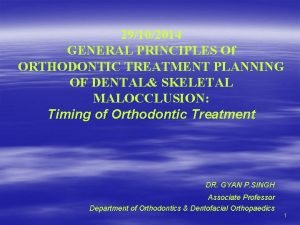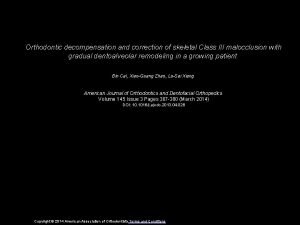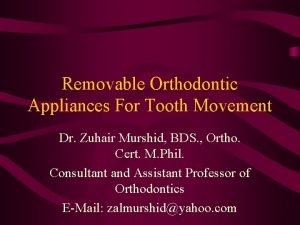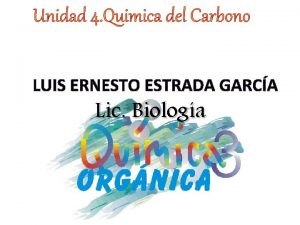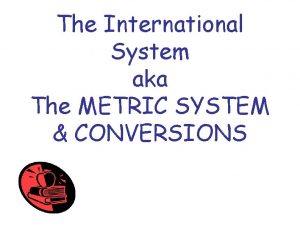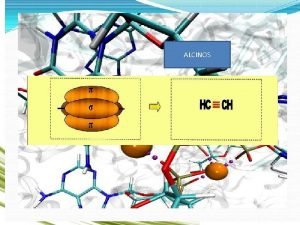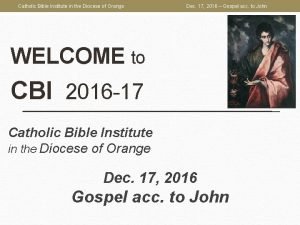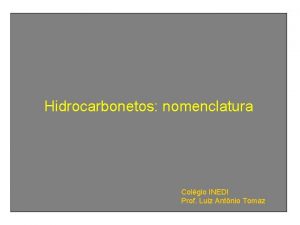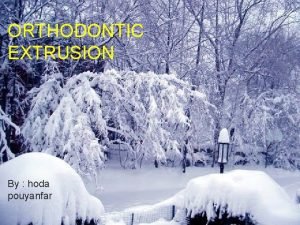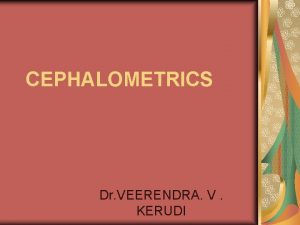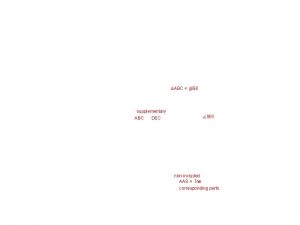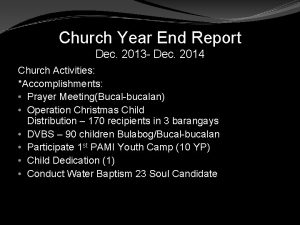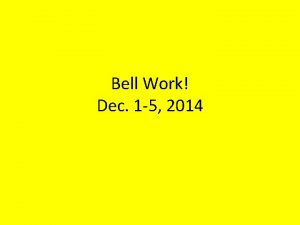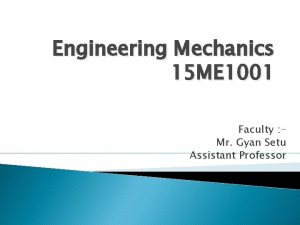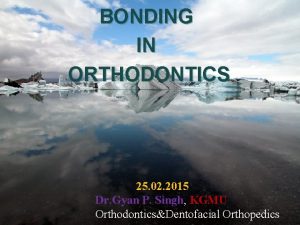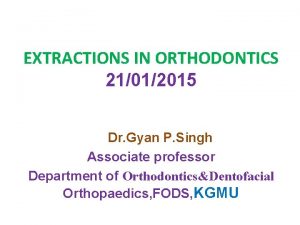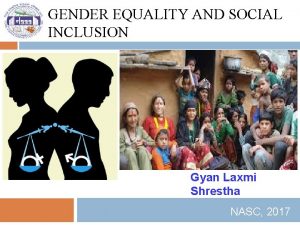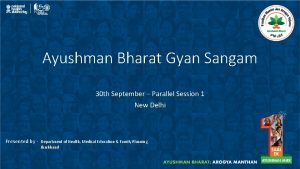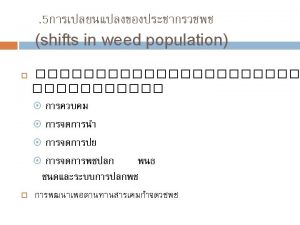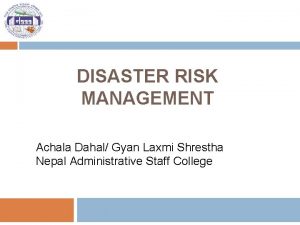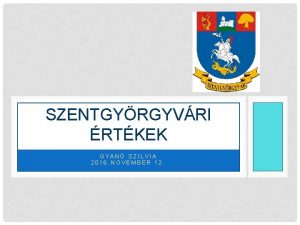Orthodontic cephalometrics 1 st Dec 2014 Dr Gyan






















- Slides: 22

Orthodontic cephalometrics 1 st Dec. 2014 Dr. Gyan P. Singh Associate Professor Department of Orthodontics&Dentofacial Orthopaedics

. • In 1931 Brodbent in USA and Hofrath in Germany simultaneously presented a standardized cephalometric technique. • Cephalogram are of two types: Lateral cephalogram Frontal cephalogram

Principles Cephalogram film size is 8 x 10 inch Kvp = 80 MA = 12 Time = 0. 5 sec Distance between radiograph source and mid - sagittal plane is= 5 feet The distance between the mid- sagittal plane of the patient and the radiograph=15 cms

Cephalostate Machine

INDICATIONS & USES OF CEPHALOGRAM 1. Severity of dental malocclusion 2. Severity of skeletal malocclusion 3. Identify the location of the dysplasia 4. Evaluate soft tissue and its relationship with dental hard tissue and skeleton of face

4. Aids in treatment planning decision on extraction/ growth modification/surgical 5. Stage and post-treatment cephalograms are taken to monitor progress of treatment. 6. Added advantage of using CVMI to know the status of the growth. 7. Design and plan retention strategy.

. Cephalometric landmarks • • Anatomic : Nasion, Orbitale, Sella, Menton Derived : Gonion, Gnathion • Unilateral : Sella, Point A, Point B • Bilateral : Orbitale , Gonion, Porion

. • Nasion - Most anterior point on frontonasal suture mid- saggital plane • Sella – Cenre of sella turcica • Orbitale – Lower-most point of the bony orbit

Name , Age, Sex& Date . Nasion Sella Orbitale

• Porion – Highest bony point on the upper margin of external auditory meatus. • Point A – Deepest point in the midline between the anterior nasal spine and alveolar crest between the central incisor. • Point B – Deepest point in midline between the alveolar crest of mandible and the mental process.

Name , Age, Sex& Date . Porion Point A Point B

• ANS : The most anterior point of the tip of anterior nasal spine in midsaggital plane • PNS : A constructed point , intersection of the continuation of anterior wall of pterygo-maxillary fissure and nasal floor. • Pogonion - the most anterior point of chin in the midsaggital plane.

Name , Age, Sex& Date . PNS ANS Pogonion

• Menton – Most inferior point of the outline of symphysisin mid-saggital plane • Gnathion – Anterio- inferior point on bony chin • Gonion - Constructed point at the intersection of the lines tangent to the posterior border of the ramus and the lower border of the mandible

Name , Age, Sex& Date . Gonion Gnathion Menton

MCQ: 1. Cephalostat was introduced by (A) Margolis & William Wilson in 1925 (B) Tweed & Mills in 1940 (C) Bjork & Sassouni 1995 (D) Broadbent & Hofrath in 1932 2. In lateral cephalometrics, the distance at which source and object are placed from mid-sagittal plane is (A) 50 inches (B) 60 inches (C) 75 inches (D) 90 inches

3. Which of the following statement regarding lateral cephalogram is true (A) Right side is towards the tube (B) Left side is towards the cassette (C) Left side of face is viewed clearly (D) All of them 4. Which of the following landmark is not located in the mandible (A) Pogonion (B) Gnathion (C) Menton (D) Porion

5. Gonion, Menton, Pogonion are cephalometric landmarks located on (A) Midline (B) Mandible (C)Bony chin (D)Profile skeletal 6. Nasion is situated at (A) Frontonasal suture (B) Zygomatic process (C) Orbital floor (D) None of the above

7. The deepest point between the anterior nasal spine and superior prosthion is (A) Infraspinale (B) Subspinale (C) Supranasal (D) Gnathion 8. The most anterior part of bony chin (A) Gonion (B) Menton (C) Pogonion (D) Porion

9. Unilateral landmark on lateral cephalogram (A) Nasion (B) Gonion (C) Porion (D) Orbitale 10. The bilateral landmark on the lateral cephalogram (A) Basion (B) Pogonion (C) Gonion (D) Nasion

REFERENCES 1. Graber TM: Principles and Practicce Orthodontics, WB Saunders, 1988 2. Profitt. Contemporary Orthodontics, Elsevier India. 3 rd ed. , 2000. 3. Kharbanda. diagnosis and management of malocclusion and dentofacial deformities. Elsevier India. 1 ST edition, 2009.

5 marks
 8th dec 2014
8th dec 2014 Gyan sys
Gyan sys Sahaj shankh mudra
Sahaj shankh mudra Gyan ki bahan
Gyan ki bahan Gyan vahini
Gyan vahini Optimum orthodontic force
Optimum orthodontic force Orthodontic space analysis
Orthodontic space analysis Jaw wiring for weight loss pictures
Jaw wiring for weight loss pictures Malocclusion
Malocclusion Orthodontic study club
Orthodontic study club Jackson's triad in orthodontics
Jackson's triad in orthodontics Decompensation in orthodontics
Decompensation in orthodontics Lingual extension clasp
Lingual extension clasp Hex hept oct non dec
Hex hept oct non dec Butanoat de metil
Butanoat de metil Grupos funcionales
Grupos funcionales Système impérial
Système impérial Met et prop but pent hex hept oct non dec
Met et prop but pent hex hept oct non dec Jlh mesure
Jlh mesure Orange catholic bible
Orange catholic bible Quad pent hex hept oct
Quad pent hex hept oct Hidrocarbonetos ramificados
Hidrocarbonetos ramificados Meth eth prop chart
Meth eth prop chart

